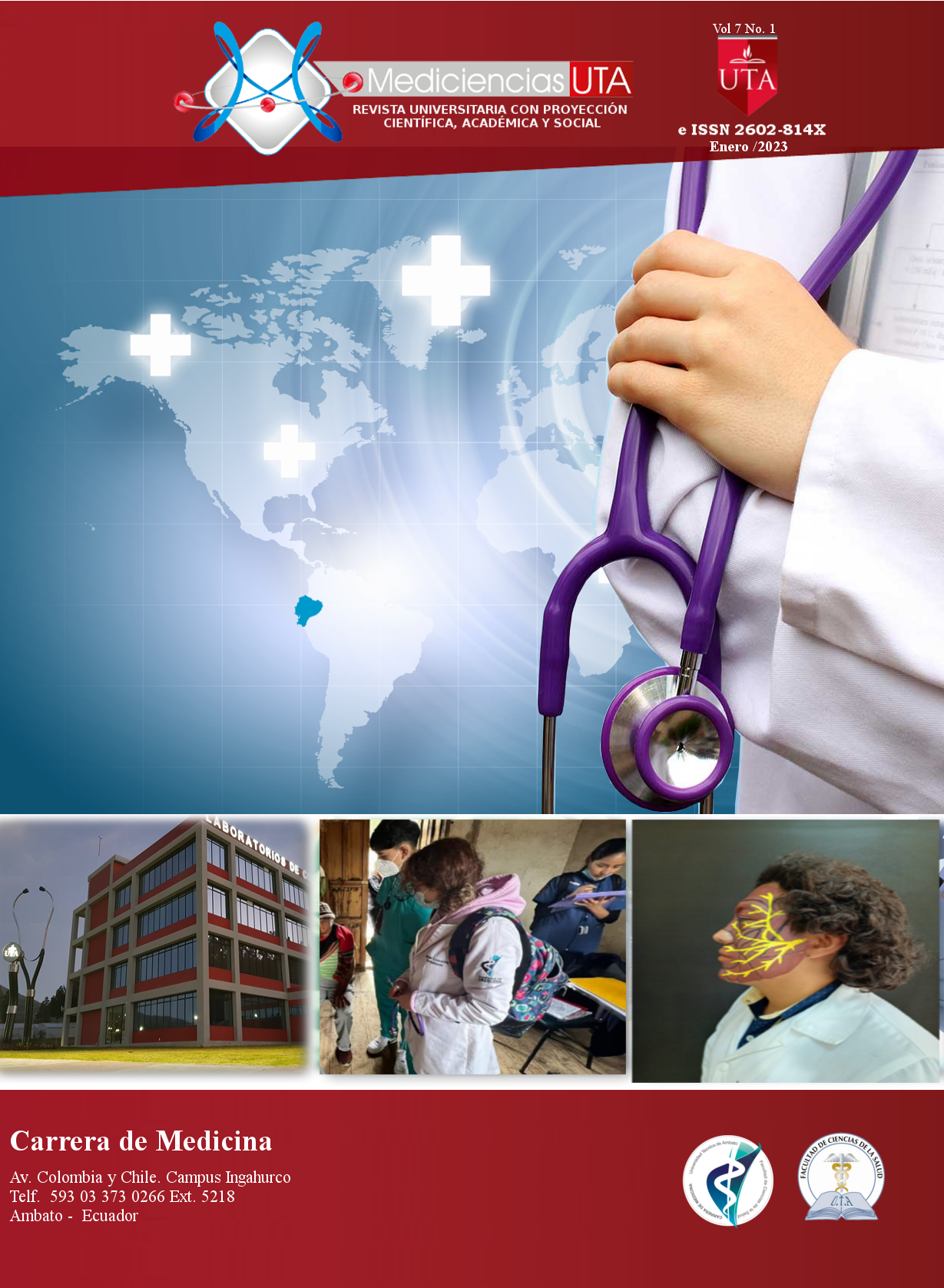Percutaneous dilatation tracheostomy. Review article.
Main Article Content
Abstract
Introduction: Percutaneous tracheostomy by dilation (TPD) is a current procedure in the critical care unit (ICU), which is performed in patients intubated and connected to mechanical ventilation, was first described in 1985 by Ciaglia et al, as a technique, which at the moment has evolved with the incorporation of fibrobronchoscopy and ultrasound of the airway during the procedure, as well as by the development of a wide variety of devices available for its realization. It is a minimally invasive method, which serves to establish an artificial airway, by placing a tracheostomo. General objective: To evaluate the usefulness of percutaneous tracheostomy in critical care. Specific objectives. Describe the percutaneous tracheostomy technique in critical care. Determine the main indications and contraindications of percutaneous tracheostomy in critical care. Materials and methods : A review of current scientific articles obtained from databases of high prestige and international recognition such as Pubmed, critical care journals: critical care, JAMA, British journal of anaesthesia, Chest, review of data from observational studies, randomized controlled trials, meta-analysis, systematic review of the literature, guidelines, descriptive studies, retrospective studies and opinions of authors on the subject: percutaneous tracheostomy by dilation, with selection of 33 articles, in their vast majority of the last 5 years. Results: The main indication of percutaneous tracheostomy performed in intensive care unit is for patients with intubation and prolonged mechanical ventilation, to avoid the formation of: tracheomalacia, tracheal stenosis, infections associated with the tube, mechanical ventilator-associated pneumonia, among other disorder. Conclusions: It is concluded that PDT is a nonemergent technique, very useful in the patient critical in mechanical ventilation, who has a prolonged intubation and requires the performance of this procedure, to avoid complications and has been shown to decrease mechanical ventilation time and stay time in the intensive care area, providing benefit to the intubated patient to be disconnected from ventilatory support early.
Downloads
Article Details

This work is licensed under a Creative Commons Attribution-NonCommercial-ShareAlike 4.0 International License.



